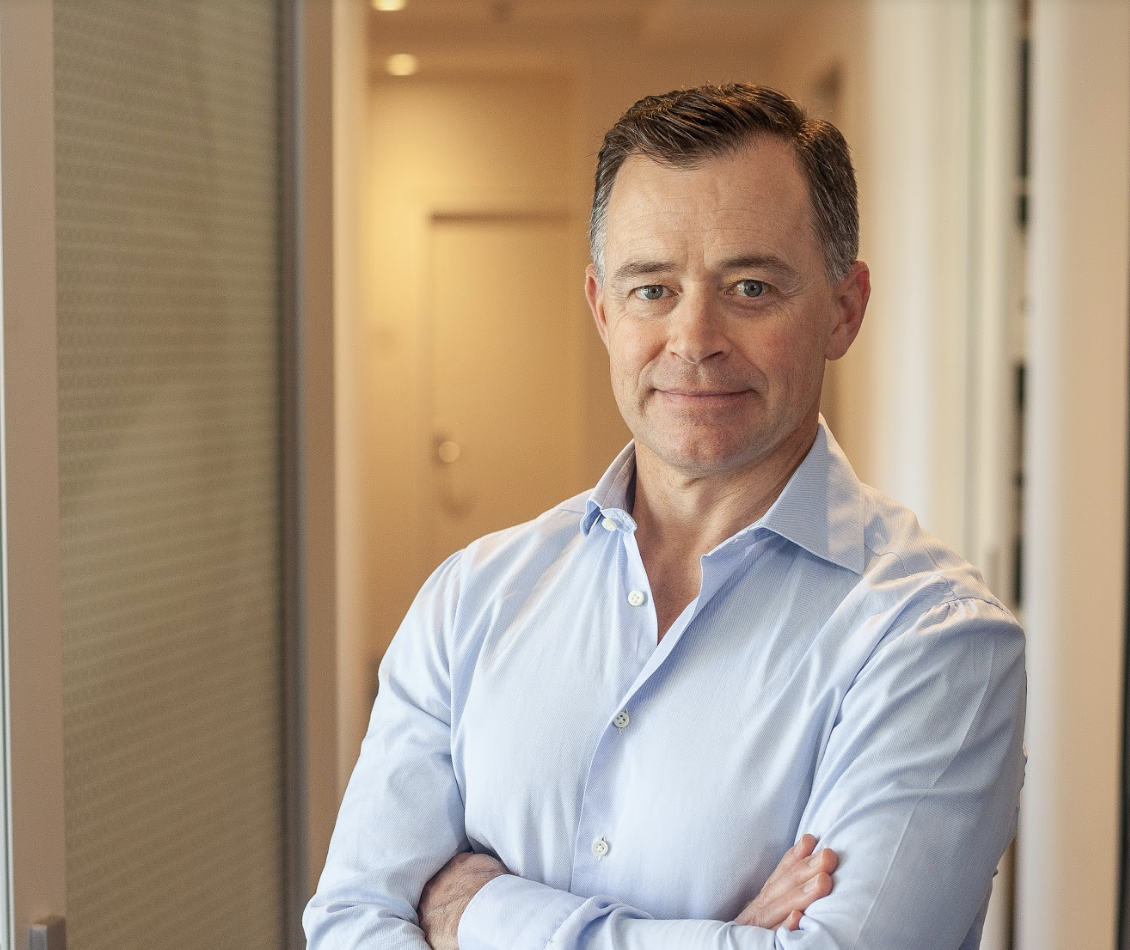Fibroids are a common issue for many women. They are non-cancerous growths or lumps (benign tumours) of the uterus. Some women will develop only one fibroid, some will develop multiples. They can often go unnoticed, although, in some cases, they can cause heavy bleeding, pain, pressure and infertility.
Up to 30% of women will develop fibroids, and there are some medical therapies which can be used to manage the symptoms. A small proportion of women who suffer from fibroids will need them removed.
This procedure is called a myomectomy.
Depending on where the fibroid predominantly lies, the size of the fibroid and how many fibroids are present treatment can involve open surgery, keyhole surgery, or hysteroscopic surgery.
The surgeon will remove the fibroid and reconstruct the uterus. The procedure is recognised for having a very low level of complications and for how effective it can be for reducing period pain and increasing the chances of falling pregnant.
At Dr Guy Skinner, Guy performs all myomectomies and is recognised for his skill in this area, as well as his ability to explain any issues simply and clearly.
Full healing of the uterus can take a few months, but the result can be quite significant.

